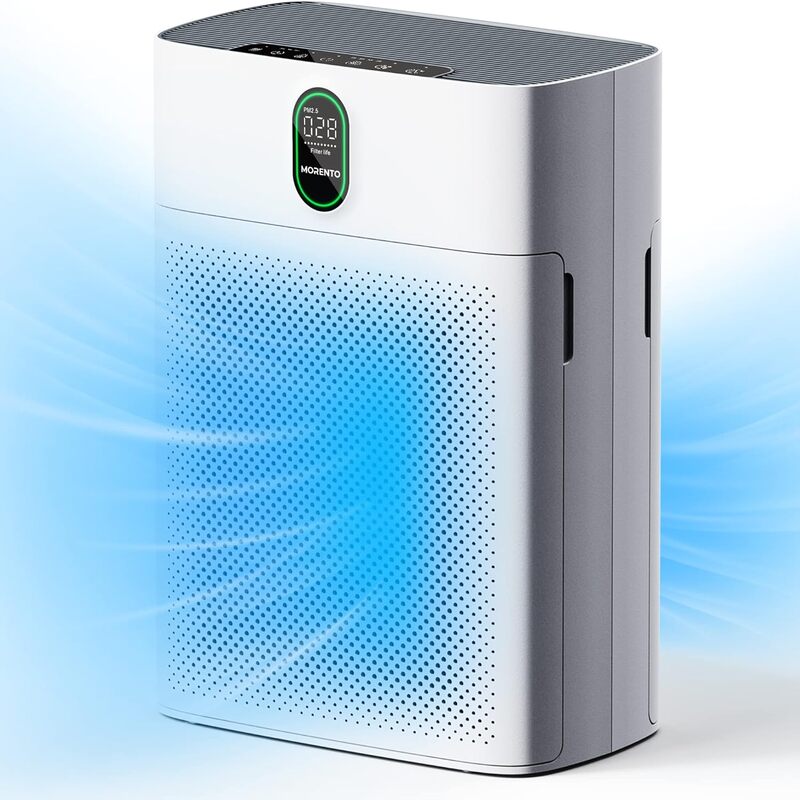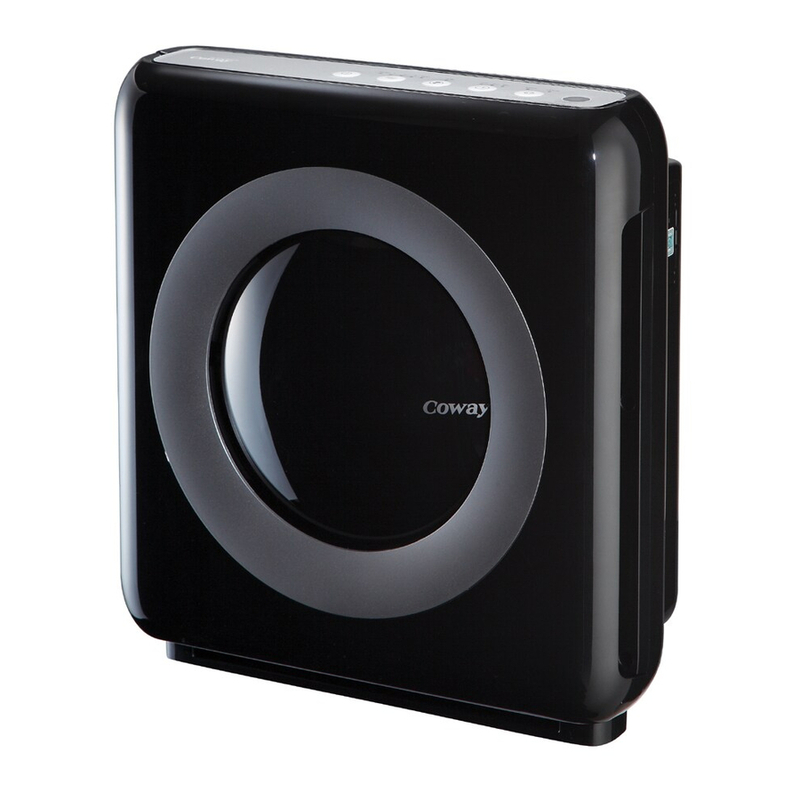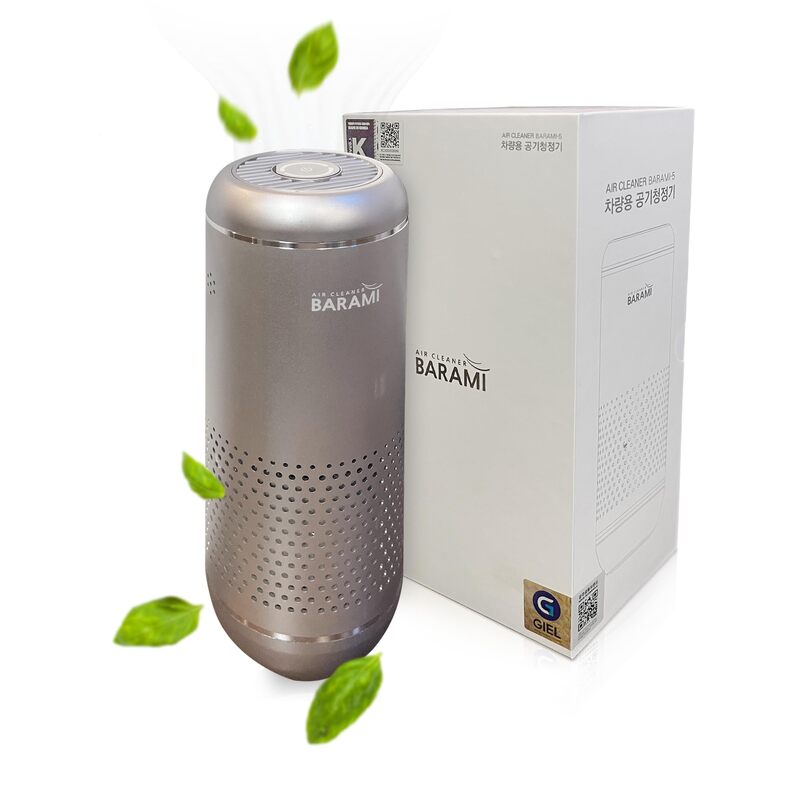Introduction
Air purifiers have grown increasingly popular in recent years, especially among health-conscious individuals. Many people seek cleaner air due to allergies, asthma, or pollution. However, one common concern arises regarding energy consumption. Questions abound, such as: How much electricity do air purifiers use? To answer this question adequately, we will delve into various aspects, from types of air purifiers to their operational expenses. Ultimately, understanding the electricity consumption of air purifiers allows users to make informed decisions regarding energy efficiency.

When discussing air purifiers, it is essential to recognize the different types available. Each type varies in design, function, and energy requirements. The most common types are HEPA, activated carbon, and ionizer purifiers. Each type has unique technology, causing variations in operating costs.
Types of Air Purifiers and Their Energy Usage
HEPA Air Purifiers
High-Efficiency Particulate Air (HEPA) purifiers excel at trapping tiny particles. They utilize a dense filter system designed for efficiency. Generally, the electricity usage of HEPA purifiers averages around 50-100 watts. Although they consume moderate electricity, they effectively reduce allergens and air pollutants.
Furthermore, HEPA purifiers often have multiple fan settings. These settings enable users to adjust the speed according to specific needs. For instance, a higher fan speed consumes more energy, while a lower setting conserves electricity. Additionally, the runtime dramatically influences total energy consumption.
To calculate monthly energy costs, one can use a simple formula. Multiply the watts by the hours of use. Then, divide by 1,000 to convert to kilowatts. Finally, multiply by the local electricity rate. By doing this, users can obtain a clearer picture of their costs.
Activated Carbon Air Purifiers
Activated carbon purifiers focus on removing odors and volatile organic compounds. They function by trapping gases and chemicals in a porous carbon filter. Typically, their electricity consumption is similar to that of HEPA purifiers. It usually ranges from 30 to 90 watts.
Moreover, activated carbon purifiers work best in specific environments. Places with strong odors, like kitchens or smoke-filled rooms, demand more powerful models. In such instances, the electricity requirement may be slightly higher, particularly if the model includes additional features.
Users should also consider filter replacement costs. The activated carbon filters usually require replacement every couple of months. Although the running costs may seem low, maintaining efficiency incurs expenses.

Assessing the Operational Costs of Air Purifiers
Calculating the operational costs of air purifiers extends beyond energy consumption. Several aspects come into play, including filter replacement and maintenance. Regular maintenance is crucial for maximizing the efficiency of the purifier. Consequently, the operational costs often surprise first-time users.
Energy Costs
Electricity prices vary significantly across locations. Thus, understanding average energy costs is vital for accurate calculations. Users can check their local utility company’s website for current rates. Knowing the rate per kilowatt-hour helps estimate monthly expenses effectively.
After calculating the monthly energy cost of the air purifier, users should also evaluate other associated costs. The specific usage pattern may alter overall expenses. If an air purifier runs continuously, costs will naturally skyrocket compared to occasional use.
Many air purifiers feature timers or smart settings. Users can program these devices to operate during certain hours, optimizing energy consumption. Additionally, if the unit has an energy-saving mode, it automatically adjusts fan speed based on air quality, further reducing expenses.
Filter Replacement
In addition to electricity costs, filter replacement plays a significant role in the overall expenses of running an air purifier. Each type of filter has a specific lifespan, which directly influences maintenance costs. HEPA filters usually last six months to a year, while activated carbon filters may need quarterly changes.
Users should remain aware of the price of replacement filters. Frequent changes could add up and lead to significant expenses. By incorporating these costs into the overall budget, individuals can gain a clearer picture of their air purifier’s operational costs.
Smart purchasing decisions can also lead to savings. Some manufacturers offer bundles, which may reduce the per-filter cost. Additionally, it’s essential to rely on quality filters that ensure efficiency and longevity. Investing in a more expensive filter might save money in the long run.

The Environmental Impact of Air Purifiers
Amid discussions about energy consumption and operational costs, users may overlook the environmental aspect. Air purifiers serve a dual purpose: improving air quality and its ecological impact. Understanding their environmental footprint can influence purchasing decisions significantly.
Carbon Footprint
While air purifiers consume electricity, they also contribute to a household’s carbon footprint. Greater energy consumption typically translates into higher greenhouse gas emissions. Users should consider this aspect when deciding on the type of air purifier to purchase.
Although most air purifiers are energy-efficient, some models consume more electricity than others. For environmentally conscious consumers, choosing an Energy Star-rated purifier proves beneficial. Energy Star is a government-backed label indicating high efficiency and low environmental impact.
Moreover, manufacturers today are working towards developing sustainable designs. Many are producing units with recyclable materials, which helps reduce waste. Consumers can research brands committed to eco-friendly practices. Supporting such manufacturers encourages further innovation in this industry.
Long-Term Benefits
In investing in an air purifier, users should also consider the long-term health benefits. Cleaner air can lead to reduced health risks, improving overall well-being. Households experiencing allergies, asthma, or respiratory issues often find significant relief.
Reduced health risks ultimately lower healthcare costs. Preventing illnesses contributes positively to both personal health and societal cost savings. Users can therefore view the expenditure on air purifiers as an investment in health and wellness rather than a mere expense.
Furthermore, healthier indoor air contributes to heightened productivity and concentration. Clean air enhances cognitive function, making it easier to tackle daily tasks. Consequently, investing in an air purifier serves dual benefits of health and productivity enhancement.
Comparing Energy Consumption Across Different Models
Comparing energy consumption between models assists consumers in making informed decisions. Many consumers often feel overwhelmed by the options available. Understanding the performance specifications and features of air purifiers is crucial in this selection process.
Energy-Efficient Models
Several manufacturers offer energy-efficient models that cater specifically to environmentally conscious consumers. These purifiers often boast energy-saving technology. As a result, they consume less electricity while maintaining effective air purification.
Energy-efficient models usually include automation features, optimizing performance based on air quality. Users benefit from additional savings while maintaining cleaner air. Thus, investing in energy-efficient purifiers greatly aids in controlling electricity costs.
Standard Models
Conversely, standard models tend to be less sophisticated and may consume higher amounts of electricity. While often cheaper upfront, they might incur hefty operational costs over time. Users should carefully assess the specifications before making a decision.
Reviewing customer feedback and expert opinions is crucial when comparing models. Many websites provide side-by-side comparisons to assist consumers. Gathering this information before making a purchase ensures satisfaction with the selected air purifier.
Conclusion
In summary, understanding air purifier electricity consumption involves considering many factors. From types of purifiers to their operating costs, various aspects contribute to a clearer picture. By evaluating energy usage, filter replacement, and potential health benefits, consumers can make informed decisions.
Ultimately, air purifiers serve a crucial role in enhancing indoor air quality. Investing in one can ensure a cleaner, healthier environment. Thus, being proactive can contribute to a better quality of life for users and their families. Always make choices that align with your needs, preferences, and budget, while still keeping an eye on sustainability. This thoughtful approach guarantees satisfaction both on a personal and environmental level.

